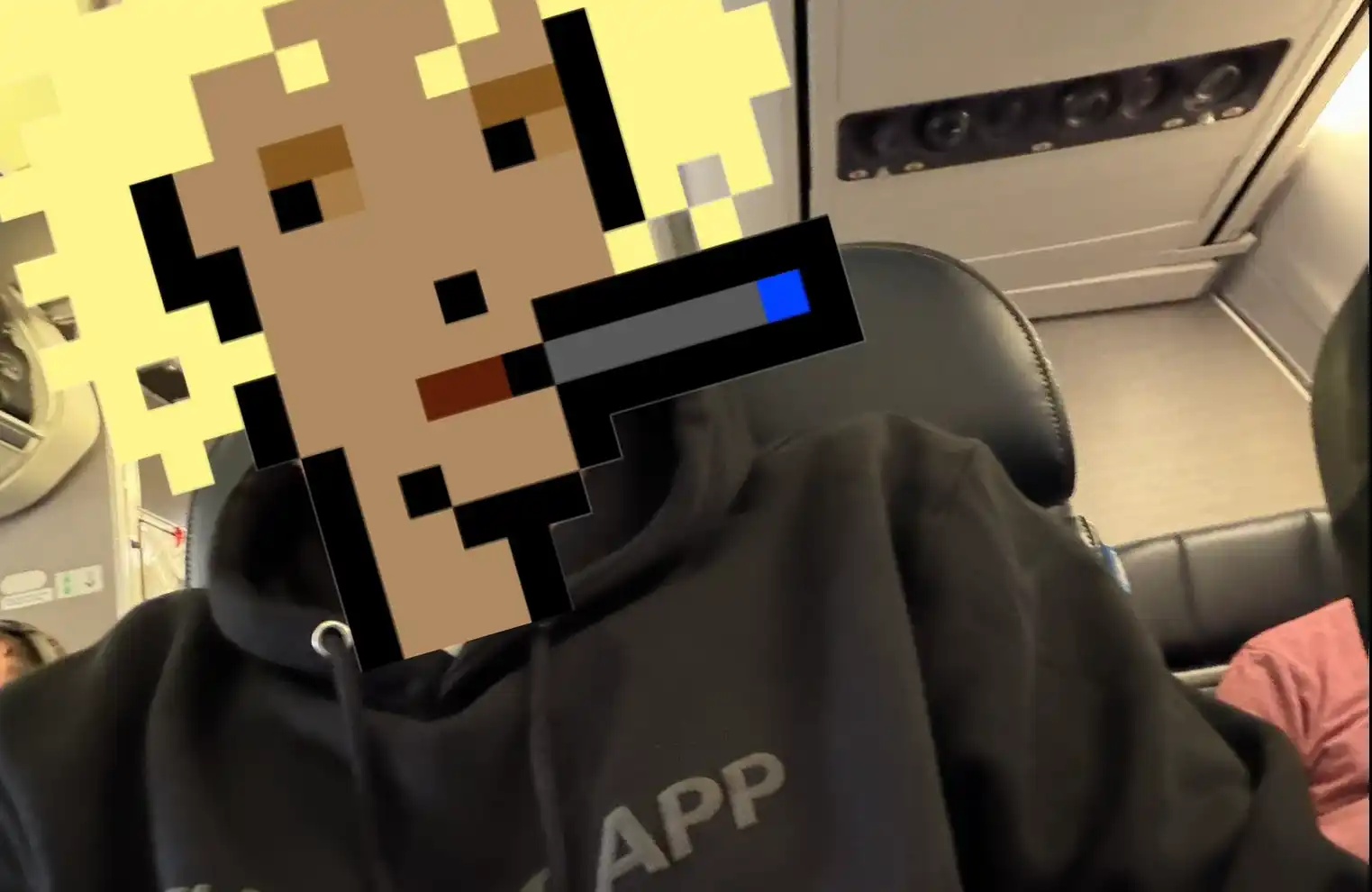Polkadot core developers interpret JAM: exploring new prospects for de-chained applications
Original title: "Interpretation of Polkadot Core Development JAM: You can build applications outside of the chain architecture!" 》
Original source: PolkaWorld
Jay from The Kusamarian interviewed Shawn, the Polkadot Fellowship and Parity developer leader, in sub0. They discussed Some interesting technical changes happening in Polkadot right now! In particular, Shawn and Jay talked about Gavin’s recent JAM. The following is Shawn’s interpretation of JAM compiled by PolkaWorld! Read on to see more!
Jay: What do you think about Core JAM? Is it a revolutionary or incremental change?
Shawn:I think this change is revolutionary for our ecosystem because it brings new Possibility and change. But from a technical perspective, this change is an incremental development on Polkadot's technology stack, that is, it is based on the continuous development and improvement of existing technology.
The key point mentioned here is that although technology continues to advance, the mission remains the same. The mission is to create a platform that enables people to easily launch Web3 applications that are resilient, decentralized, and censorship-resistant. This vision began in the Ethereum era, and Gav has been working hard to make it happen. Polkadot can be seen as an extension and development of this vision, which improves the scalability and flexibility of the system through the use of sharding and parallelization technologies.
Currently, the technology provided by Core JAM remains the base layer of the blockchain and Web3 ecosystem through sharding and scaling technology to enhance the capabilities of blockchain. But its goal is to reduce dependence on specific technologies and make the system more versatile and flexible so users can use the computing platform in a variety of ways.

In the current parachain V1 model, there are many cores, but each Each core can only run one application. An improvement to Core JAM is that since these cores can perform many tasks, why limit each core to be used by only one application? We can actually share these cores. Different applications require different resources: some may require more computing power, some may require more data availability, and others may require more storage space. So we can leverage different parts of the core and pair different applications together so that they can take advantage of all available resources. Our goal is to ensure that no resources are wasted along this chain. The role of Core JAM and Core Time is to make the entire system more accessible and flexible to enable this universal blockchain space.
So what's different? I think the concept of "parallel chain" may gradually disappear. In the traditional blockchain model, each blockchain runs independently on its own core. In the future, this idea will become more blurred because we will be running applications, not just blockchains. These applications can be parachains, but they can also be more flexible. Gav may have hinted at these changes when he said that any function with a main entry point can be run on the system, which means you don't necessarily need to build a full blockchain. Your application can be just a simple program running in Polkadot's data availability layer, such as a short-lived application that only exists in memory. Overall, the big change here is that we need to rethink our assumptions about how applications run. It may no longer be necessary to build a full blockchain, but there may be more flexible ways to run.
PolkaWorld Note: The view here is very similar to the chainless application proposed by Acala CTO Byran. You can see more here "Acala Bryan interprets JAM: Polkadot 2.0 may bring chainless decentralized applications, which will bring a future with unlimited potential! 》
Jay: Do you have any examples of applications that you imagine running outside of a parachain architecture?
Shawn:This may not be the main focus of Core JAM itself, but as part of the segmentation of the blockchain space, there is a lot of attention on the Celestia project at the moment. Celestia is working to provide data availability support for various rollup solutions. Polkadot already has a lot of data availability and a very strong technology stack that is competitive with other dedicated solution providers.Therefore, there is no reason that rollup solutions cannot leverage Polkadot's data availability for their purposes. For example, you can use Polkadot's technology stack and all the validators, but you don't necessarily need to build a full parachain, you can actually just do a rollup, which is a more lightweight solution that focuses on processing transactions rather than maintaining a full blockchain.
Now, if I take the perspective of a developer and create some basic applications, these applications do not need to be full parachains, but some simple "Hello World" applications. You can imagine a simple program, like a basic counter application, which has only a few lines of code, no underlying storage, is not a blockchain, but can perform operations such as adding one and subtracting one. Anyone can call this counter, and its state will be stored in Polkadot's data availability layer. As long as someone calls it once every 24 hours before the data is cleaned up, the state of this counter will be persisted. This simple application is very similar to a smart contract, but Polkadot does not provide long-term storage, which is a big problem facing blockchains. If you are just building a short-lived application, like a simple counter or a "Hello World" application, you don't need long-term storage and you don't need to pay for it, we just provide an alternative solution. So I think that's some of the exciting things I want to see, once the technology is in place, we can show people how easy it is to build this very simple Hello World.
Jay: Are you saying that Polkadot has no commitment to long-term storage?
Shawn: Scalability is an important aspect of Polkadot’s design. Polkadot has its own storage system and validators that run the relay chain, but the way it scales is through data sharding. In this architecture, each parachain is responsible for managing its own data, and the collector is the entity responsible for this task. Polkadot only stores root hashes, a cryptographic technique used to ensure that the data provided to the network matches the data agreed upon by the entire network. If Polkadot tried to provide long-term storage for every user, it would not scale efficiently. While methods exist for long-term storage of data into Polkadot, pushing data directly to the relay chain itself is not ideal. Instead, structures like system chains can be created that are specifically designed to support long-term storage to compete with other storage solutions like file storage.
In Polkadot’s development roadmap, the simplest approach is to avoid complex storage requirements and instead focus on simple applications that use memory. These applications only process data in memory while running and no longer retain the data after the run is completed. For example, a calculator application is a simple example that does not need to write data to long-term storage during use. As Polkadot technology evolves, it becomes easier to create simple, ephemeral applications like this. This applies not only to complex industrial-grade applications, but also to simple ones that only need to exist for a short period of time. The ability to easily create these simple applications is a powerful feature of Polkadot.
For more exciting content, please view the original video: https://www.youtube.com/watch?v=yXYxnN33VbQ
Original link
Welcome to join the official BlockBeats community:
Telegram Subscription Group: https://t.me/theblockbeats
Telegram Discussion Group: https://t.me/BlockBeats_App
Official Twitter Account: https://twitter.com/BlockBeatsAsia


 Forum
Forum Finance
Finance
 Specials
Specials
 On-chain Eco
On-chain Eco
 Entry
Entry
 Podcasts
Podcasts
 Activities
Activities









 0
0